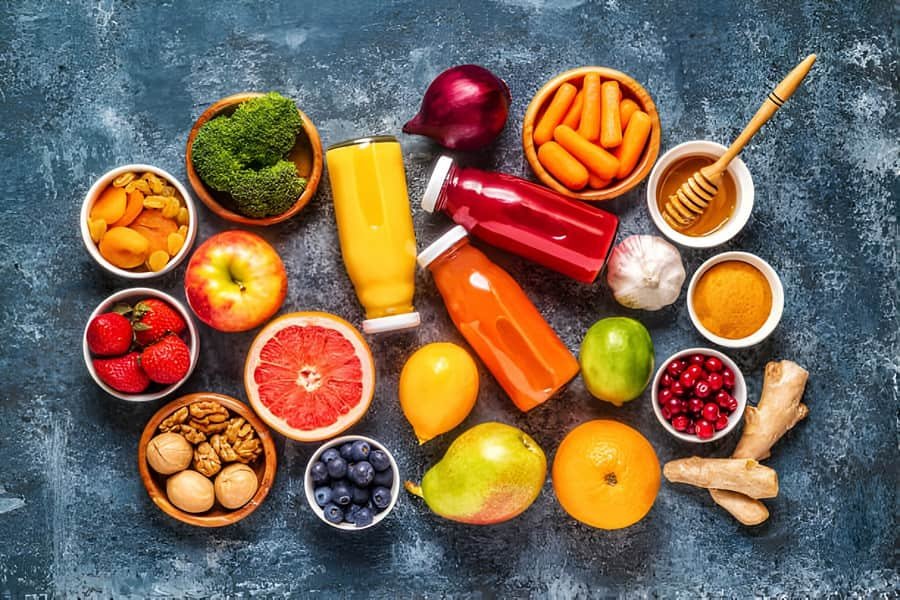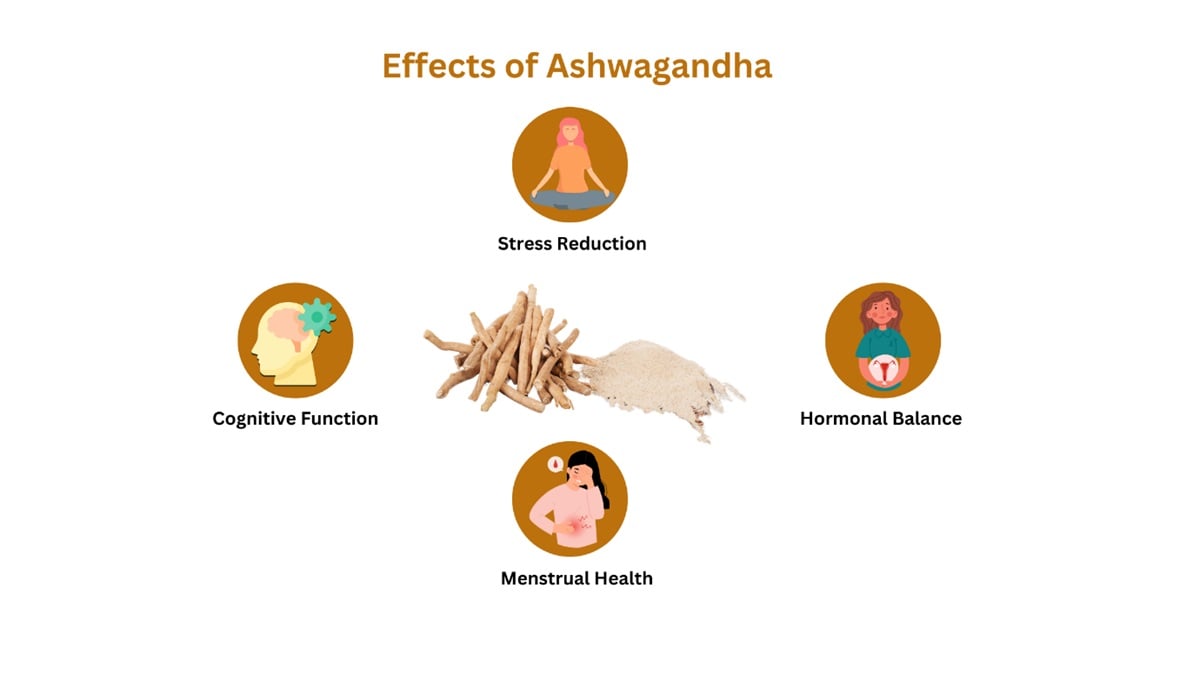Daily consumption of five or more servings of fruits such as apples or pears, as well as green leafy vegetables, can significantly reduce the risk of developing chronic lung disease in both former and current smokers, according to new scientific research.
Smoking is the primary risk factor for developing chronic obstructive pulmonary disease (COPD), which is the third leading cause of death worldwide according to the World Health Organization. COPD is a respiratory condition in which the airways become narrow and can include bronchitis and emphysema.
Each additional daily serving of fruits and vegetables consumed by smokers and ex-smokers is associated with a 4% to 8% lower risk of developing chronic obstructive pulmonary disease, a recent study found. The study, published in the journal Thorax , involved more than 44,000 Swedish men, aged 45 to 79, who completed detailed health and nutrition questionnaires. Almost two-thirds of the participants had smoked at some point in their lives, and about one in four were current smokers. During the 13-year study, 1,918 new cases of COPD were identified. Men who ate five or more servings of fruits and vegetables a day were 35% less likely to develop lung disease than those who ate two servings or less. No additional benefit was noted for nonsmokers. Because smoking increases oxidative stress and inflammation, which are potentially involved in COPD, the antioxidants found in fruits and vegetables may help reduce the negative effects, the researchers note.
“Even if smokers can’t quit, they should eat as many fruits and vegetables as possible, and people who are quitting should also increase their intake.”
said Joanna Kaluza, the study’s lead author and a professor of Life Sciences at the University of Warsaw in Poland. He added that the protective effect of fruits and vegetables is likely to apply to women as well. He clarified that while apples, pears, green leafy vegetables and peppers appeared to exert the strongest influence and reduce the risk of the disease, no corresponding effect was found in berries, bananas, citrus fruits, cruciferous and root vegetables. vegetables, tomatoes, onions, garlic or peas.











